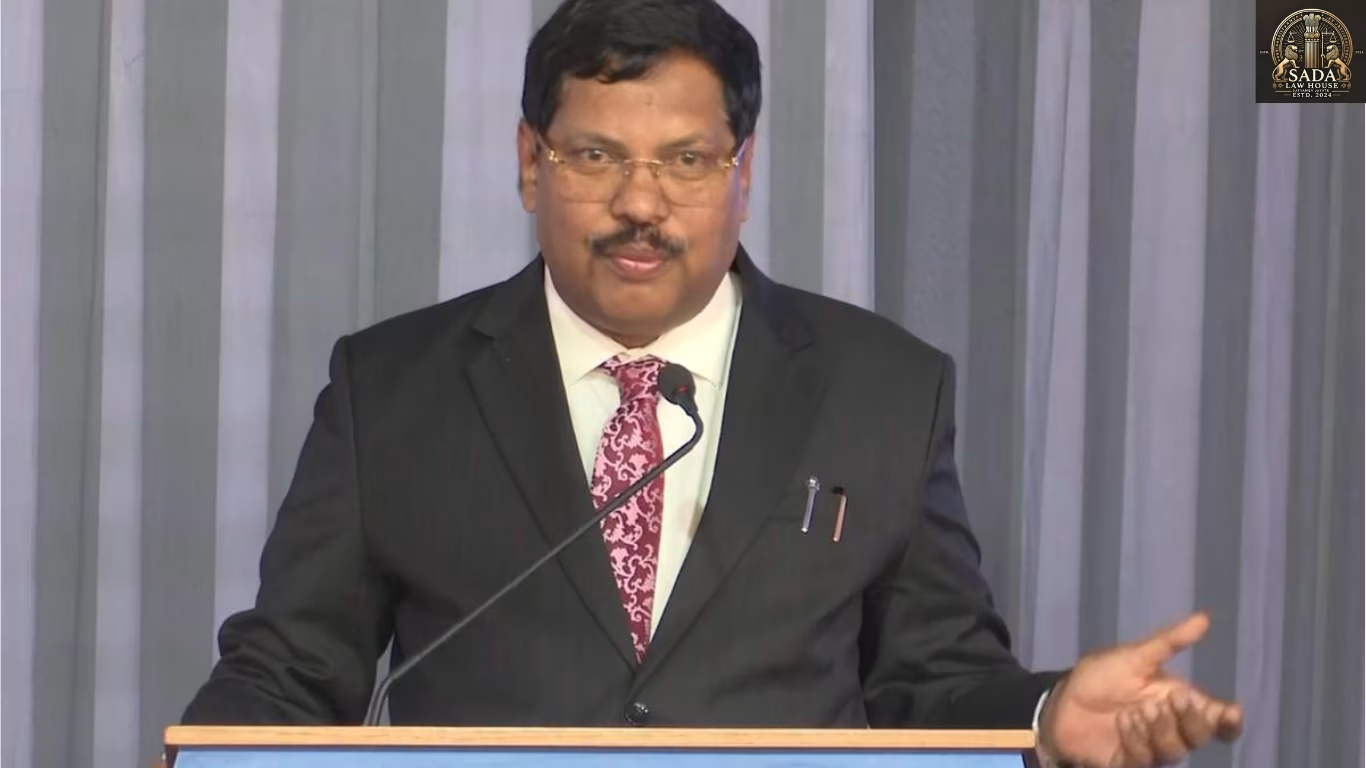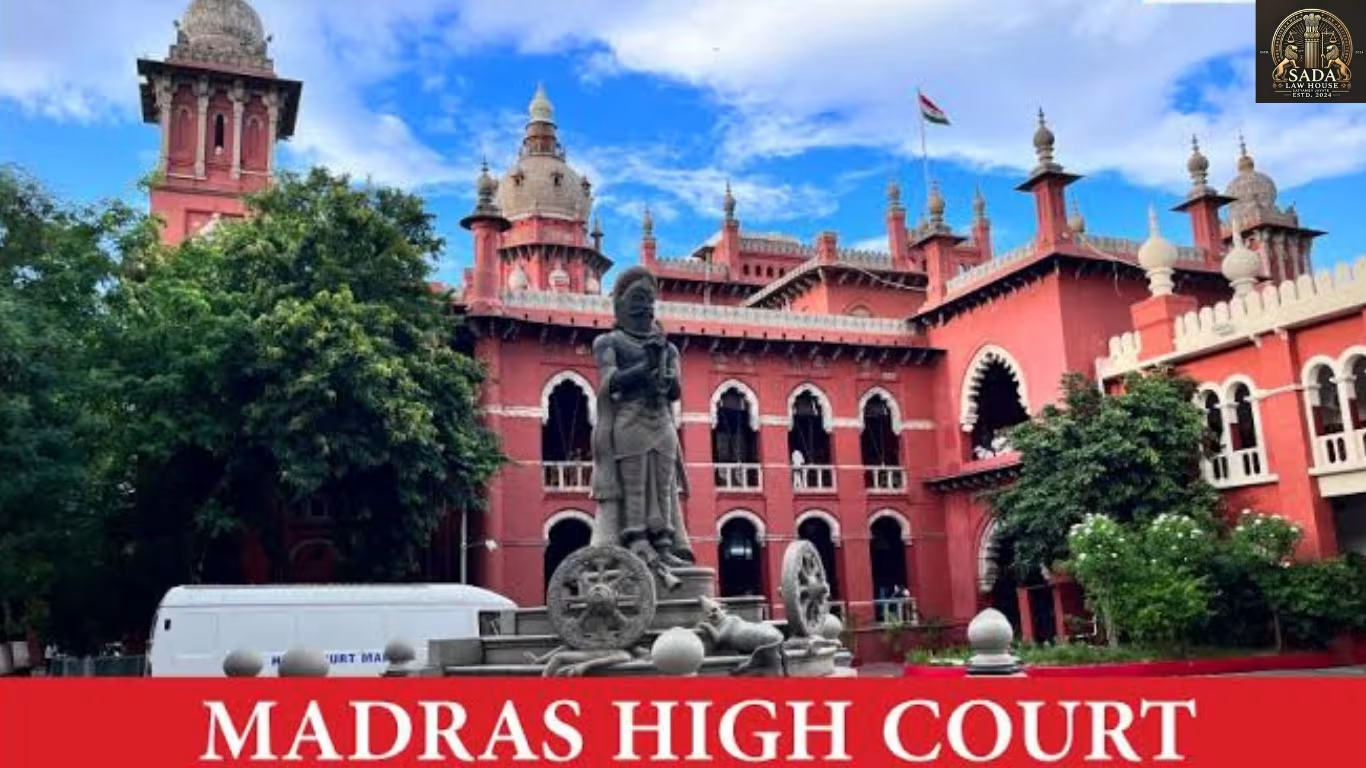Violent Protests Erupt in Nepal, Army Deployed as India Issues Advisory and Flights Suspended
- Kashak Agarwala
- 11 September 2025

Introduction
Nepal was gripped by violent protests on 9 September 2025, as initially peaceful demonstrations over economic grievances spiraled into widespread unrest. Government buildings in Kathmandu and other major cities were stormed, prompting the deployment of the Nepal Army to restore order. India issued a travel advisory and airlines suspended flights, highlighting the severity of the crisis.
Background
What began as demonstrations against economic hardship and public discontent quickly escalated into violent clashes with security forces. Protesters targeted state infrastructure, breaking into municipal offices, ministries, and other government complexes. Eyewitnesses reported chaos, arson, and attempts to breach restricted zones, marking one of Nepal’s most serious outbreaks of unrest in recent years.
Key Developments
Army Deployment: Soldiers were stationed around vital state buildings, communication hubs, and power stations after police failed to control the unrest. Brigadier General Ramesh Adhikari stressed the move was temporary, aimed at protecting civilians and restoring order.
Government Response: Prime Minister Pushpa Kamal Dahal addressed the nation, condemning the attacks on government premises as assaults on democratic institutions. He urged calm and promised to address grievances through peaceful dialogue.
India’s Advisory & Flight Suspensions: The Indian Embassy in Kathmandu warned citizens to avoid protests and stay indoors. Several airlines halted operations at Tribhuvan International Airport, leaving passengers stranded as flights were canceled nationwide.
Economic & Social Impact: Schools, businesses, and transport services shut down. Supply chains faced disruption, raising fears of fuel shortages and inflation. Tourism, a vital sector of Nepal’s GDP, saw mass cancellations, while hotels and restaurants in Kathmandu reported drastic declines in occupancy.
International Reaction: The UN urged all sides to engage in dialogue, while human rights groups called on security forces to avoid excessive use of force. Analysts warned that unchecked instability could strain Nepal’s relations with neighbors and disrupt regional trade and energy cooperation.
Issues
Security Breakdown: Failure of police to contain protests without army intervention raises questions about institutional preparedness.
Economic Fragility: Already weak supply chains and inflationary pressures risk deepening with prolonged unrest.
Regional Stability: The unrest has spillover effects for neighboring India and potential implications for cross-border collaboration.
Democratic Credibility: Balancing public dissent with institutional order will be crucial to preserving Nepal’s democratic stability.
Current Status
By Tuesday morning, the Nepal Army reported regaining partial control over affected areas, though isolated clashes persisted. Injuries were confirmed on both sides, though official casualty figures remained unclear. Observers stress that the coming days will test the government’s ability to balance dialogue with enforcement and demonstrate resilience in protecting democratic freedoms.
Conclusion
The unrest in Nepal represents both a domestic and regional crisis. With the army in the streets, flights grounded, and citizens fearful for safety, the government faces a critical juncture. Whether through timely dialogue or further escalation, the handling of this crisis will shape Nepal’s political trajectory and its international credibility in the days ahead.






